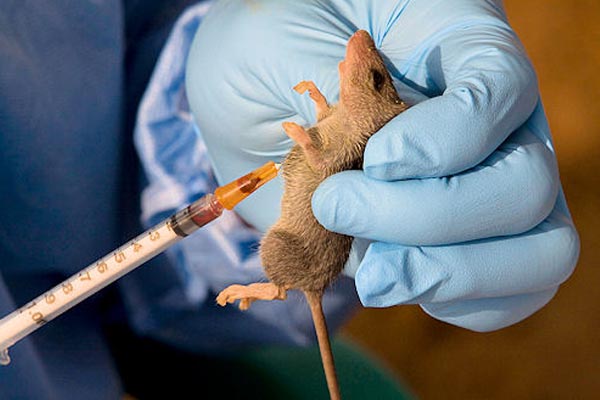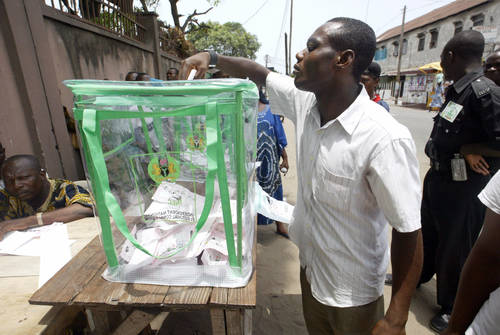At least 50 persons have died from Lassa fever in Nigeria, even as the country is still grappling with the scourging COVID-19 pandemic.
The figure, revealed by the Nigerian Centre for Disease Control as of Week 15, spanning April 12 -18, showed that Lassa fever has continued a silent ascent in fatalities and infection.
According to NCDC figures, 28 persons died between Week 7 (February 15-21) and Week 15.
The number of confirmed cases also climbed from 102 to 247 within the same period.
The disease is now prevalent in 14 states and across 52 local governments.
As the Lassa fever season peaked in March, the fatality also peaked. For instance, four deaths were recorded in Week 11 (March15-21) and three deaths in Week 12 (March 22-28).
However, there was a drop in fatalities beginning from Week 13, which recorded no death and Week 14, where only one death was recorded.
Ondo and Edo States remain the leading states in the Lassa fever chart.
Ondo has lost 19 persons so far to the disease, with a total of 69 confirmed cases of the disease.
While Edo has a higher number of confirmed cases of 108, it has a fatality of 12.
Other states where deaths have been recorded include Taraba, 11; Ebonyi, 1; Bauchi, 2; Kaduna, 4 and Enugu, 1.
The figures also showed that there is an improvement in the fight against the disease in this current year, as the number of deaths recorded as of Week 15 in 2020 was 188.
“In week 15, the number of new confirmed cases decreased from 8 in week 14, 2021 to 6 cases,” NCDC reported.
It also noted that cumulatively from week 1 to week 15, 2021, 50 deaths have been reported with a case fatality rate (CFR) of 20.2percent which is higher than the CFR for the same period in 2020 (19.3percent).
Of all confirmed cases, 79 percent are from Edo (44percent),Ondo (28percent) and Taraba (7percent).
Lassa Fever is said to be an accute haemorrhagic illness caused by a virus, which affects people who consume food contaminated with urine or faeces of infected Mastomys rats.
Steven Fagbemi, the Ondo State Epidemiologist, attributed the rise in infections to two factors: the challenge posed by the COVID-19 war, which has drawn attention away from the usual reaction to Lassa Fever and the confusion by patients as to whether they were dealing with COVID-19 or Lassa fever.
Mr Fagbemi said there was need to further mobilise the workforce by providing incentives so that health workers could give more attention to curtailing the disease.
“As I speak with you, we are using the same manpower for the fight against COVID-19 and also for Lassa fever,” he said.
“So, there is a need to pay proper attention to the welfare of those in the frontlines of these crises, so that we can get the desired results.”
He added that efforts will continue in the area of advocacy and awareness, warning that people must continue to clean up their environments to reduce the breeding of the vectors of the disease.
PREMIUM TIMES







